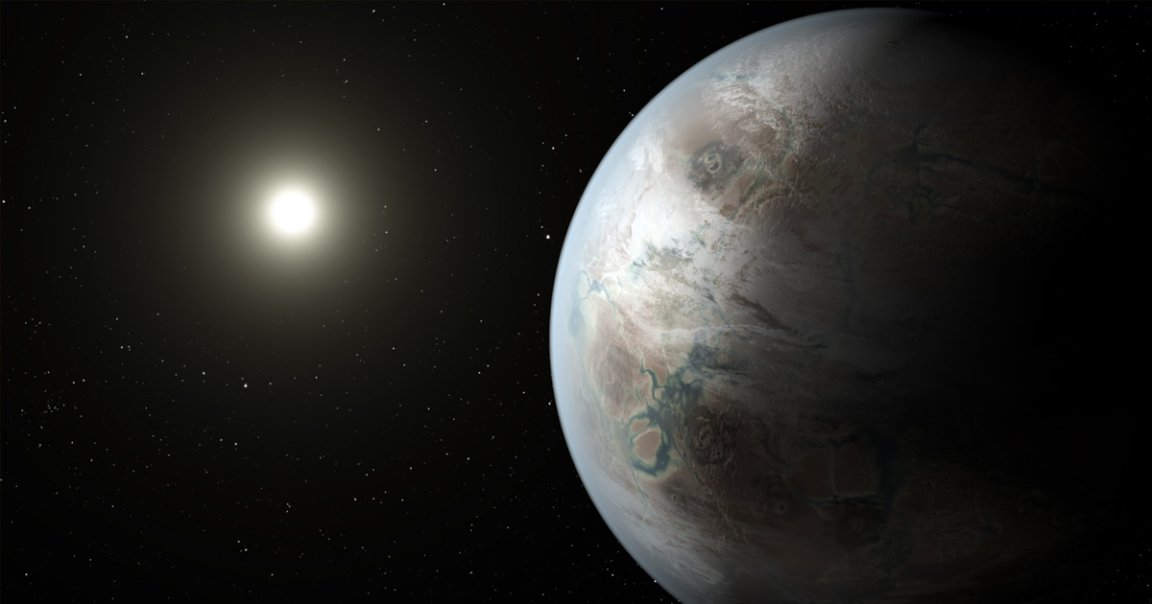
Exo-lent Discovery
To date, scientists have discovered about 4,000 exoplanets, the term used for planets that reside outside Earth’s solar system.
About 96 percent of those exoplanets are far larger than Earth, but thanks to a new search algorithm, a team of German astronomers has discover 18 new Earth-sized exoplanets — including one they say in a press release “could offer conditions friendly to life.”
Hide and Seek
The astronomers found these exoplanets in data from NASA’s Kepler Space Telescope using an algorithm designed to detect dips in a star’s brightness that would signal the passing of an orbiting planet.
This data had been analyzed previously, but because their method was more sensitive, the astronomers were able to uncover the 18 overlooked planets — and they expect the method will lead to the discovery of 100 more.
Alien Life
At just 69 percent the size of the Earth, one of the newly detected exoplanets is the smallest ever discovered. However, the most interesting new exoplanet might be the one the astronomers discovered orbiting within the so-called “habitable zone” of a red dwarf star.
“At this favorable distance from its star,” they write in the press release, “this planet may offer conditions under which liquid water could occur on its surface — one of the basic prerequisites for life as we know it on Earth.”
READ MORE: 18 Earth-sized exoplanets discovered [Max Planck Institute for Solar System Research]
More on Kepler: Exoplanet “Water Worlds” Could Hold Unfathomably Deep Alien Oceans